Exploring the implications of reverse-engineering technology that’s decades or centuries ahead of our own



An EPFL Ph.D. student in mechanical engineering has developed a device that significantly dampens the flow-induced vibration caused by rotating parts, such as those in boat propellers, turbines and hydraulic pumps. His device can be produced with a 3D printer and has recently been patented.
It’s a classic case of beginner’s luck. Thomas Berger had just started his Ph.D. in mechanical engineering at EPFL’s School of Engineering when he made his now-patented discovery, which is published in Scientific Reports.
His thesis built on work he had started as a master’s student, but with the help of a 3D printer. This led to the promising technology that’s now attracting interest from investors.
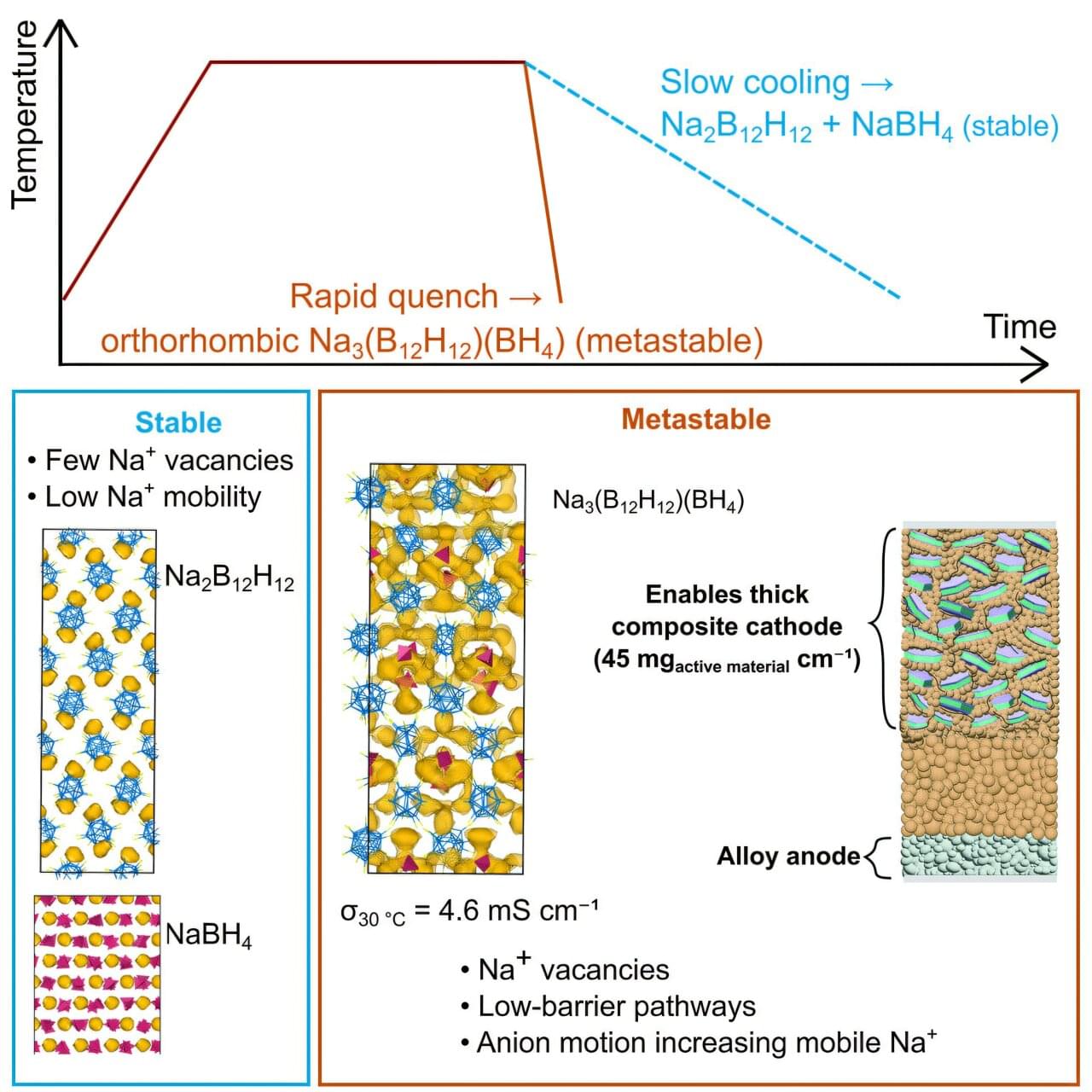
All-solid-state batteries are safe, powerful ways to power EVs and electronics and store electricity from the energy grid, but the lithium used to build them is rare, expensive and can be environmentally devastating to extract.
Sodium is an inexpensive, plentiful, less-destructive alternative, but the all-solid-state batteries they create currently don’t work as well at room temperature.
“It’s not a matter of sodium versus lithium. We need both. When we think about tomorrow’s energy storage solutions, we should imagine the same gigafactory can produce products based on both lithium and sodium chemistries,” said Y. Shirley Meng, Liew Family Professor in Molecular Engineering at the UChicago Pritzker School of Molecular Engineering (UChicago PME). “This new research gets us closer to that ultimate goal while advancing basic science along the way.”

Cybersecurity researchers have tied a fresh round of cyber attacks targeting financial services to the notorious cybercrime group known as Scattered Spider, casting doubt on their claims of going “dark.”
Threat intelligence firm ReliaQuest said it has observed indications that the threat actor has shifted their focus to the financial sector. This is supported by an increase in lookalike domains potentially linked to the group that are geared towards the industry vertical, as well as a recently identified targeted intrusion against an unnamed U.S. banking organization.
“Scattered Spider gained initial access by socially engineering an executive’s account and resetting their password via Azure Active Directory Self-Service Password Management,” the company said.

A future where all homes and vehicles in the U.S. are fully electrified could overwhelm power supply and risk outages unless key upgrades are made, says a new study conducted by Purdue University engineers. But a few strategies could cut two-thirds of the potential costs of reinforcing the nation’s distribution grid to handle this demand.
Electrifying would mean switching a home’s heating system from a boiler to a heat pump and transitioning from gas-or diesel-fueled vehicles to electric vehicles.
“If we install a whole bunch of new electric heating systems for homes and use more electric vehicles and electric water heaters, then we’re going to increase electricity demand a lot. And that’s basically going to require putting in thicker wires, bigger transformers and other infrastructure into the power grid,” said Kevin Kircher, a Purdue assistant professor of mechanical engineering and faculty member in the university’s Ray W. Herrick Laboratories. “And if that happens, utilities will pass the cost of those upgrades to us, the customers.”

Korean researchers have ushered in a new era for electric vehicle (EV) battery technology by solving the long-standing dendrite problem in lithium-metal batteries. While conventional lithium-ion batteries are limited to a maximum range of 600 km, the new battery can achieve a range of 800 km on a single charge, a lifespan of over 300,000 km, and a super-fast charging time of just 12 minutes.
A research team from the Frontier Research Laboratory (FRL), a joint project between Professor Hee Tak Kim from the Department of Chemical and Biomolecular Engineering, and LG Energy Solution, has developed a “cohesion-inhibiting new liquid electrolyte” original technology that can dramatically increase the performance of lithium-metal batteries. Their paper is published in Nature Energy.
Lithium-metal batteries replace the graphite anode, a key component of lithium-ion batteries, with lithium metal. However, lithium metal has a technical challenge known as dendrite, which makes it difficult to secure the battery’s lifespan and stability. Dendrites are tree-like lithium crystals that form on the anode surface during battery charging, negatively affecting battery performance and stability.
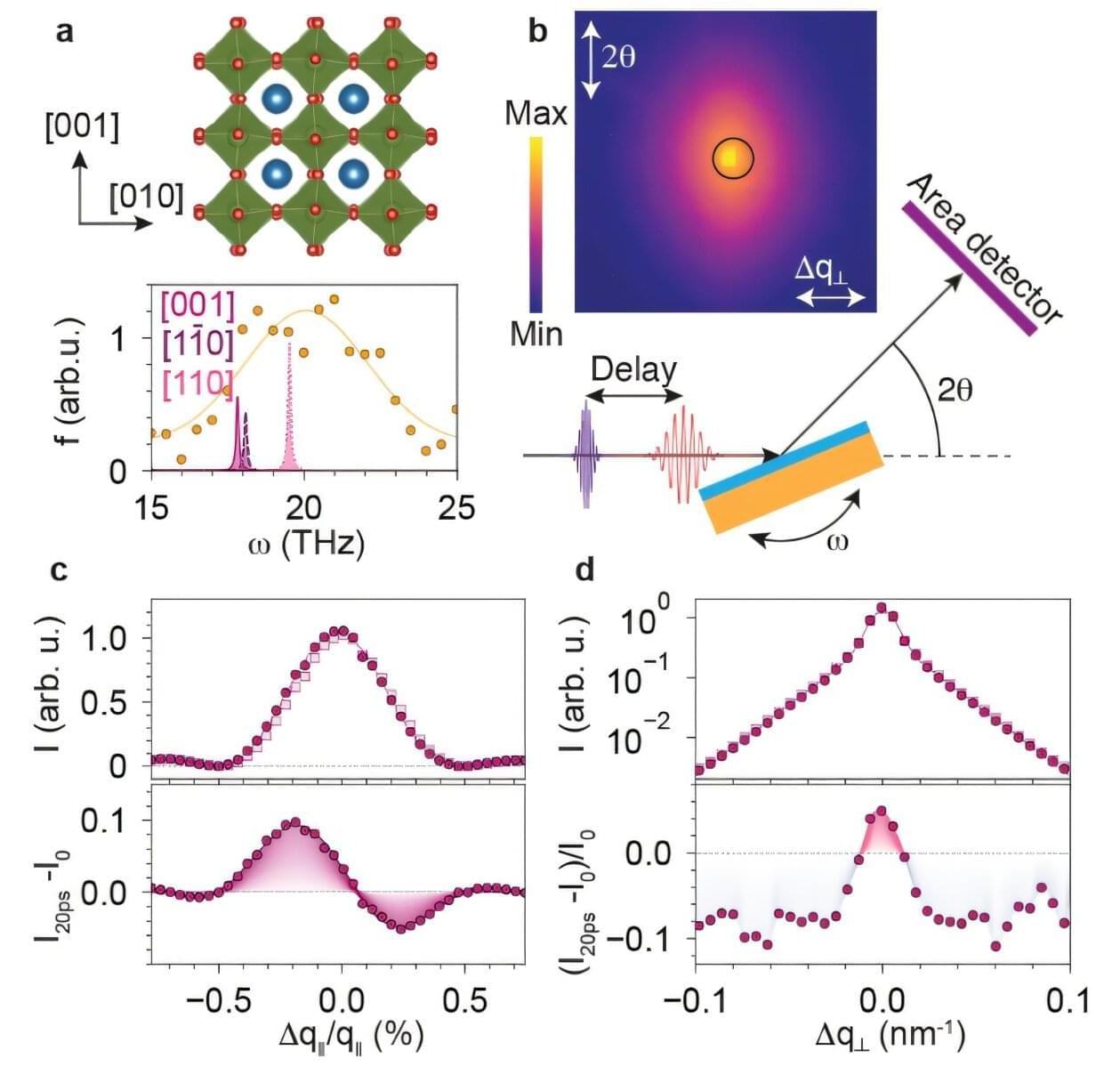
Cornell Engineering researchers have demonstrated that, by zapping a synthetic thin film with ultrafast pulses of low-frequency infrared light, they can cause its lattice to atomically expand and contract billions of times per second—strain-driven “breathing” that could potentially be harnessed to quickly switch a material’s electronic, magnetic or optical properties on and off.
The research was published in Physical Review Letters. The paper’s co-lead authors are former postdoctoral researcher Jakob Gollwitzer and doctoral student Jeffrey Kaaret.
Stretching and squishing a material to induce strain is a common method to manipulate its properties, but using light for that purpose has been less studied, according to Nicole Benedek, associate professor of materials science and engineering, who co-led the project with Andrej Singer, associate professor of materials science and engineering in Cornell Engineering.
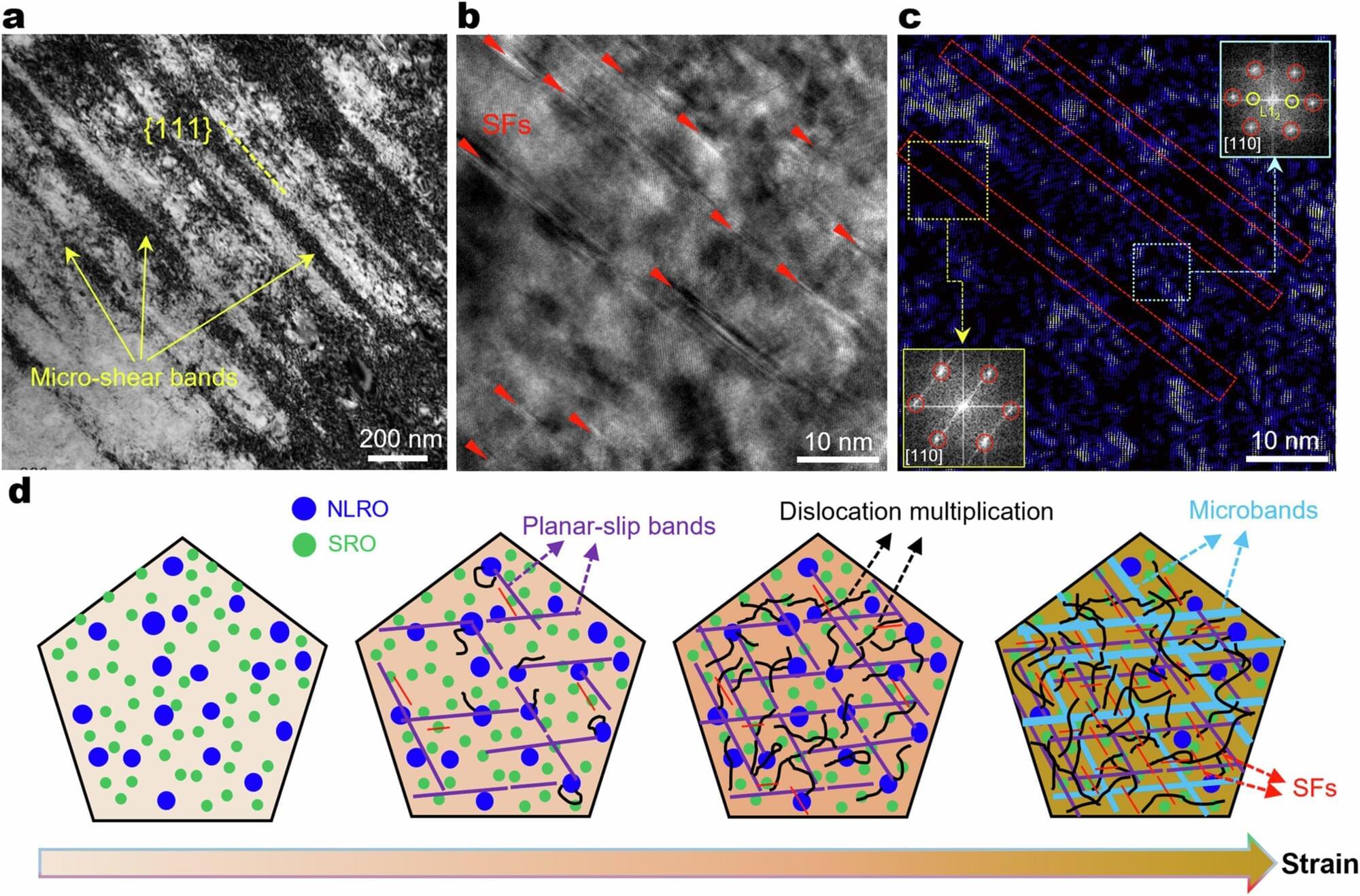
Navigating the extreme cold of deep space or handling super-chilled liquid fuels here on Earth requires materials that won’t break. Most metals become brittle and fracture at such low temperatures. However, new research is pioneering an approach to build metal structures atom by atom to create tough and durable alloys that can withstand such harsh environments.
Traditional strengthening approaches are often not good enough for these applications. For example, a common heat treatment technique called precipitation hardening strengthens metals by creating tiny hard particles within their structure. But in extreme temperatures, the materials can lose their ductility (the ability to bend, stretch or be pulled into a new shape without breaking) and fracture suddenly.
A study published in the journal Nature describes a new way to design metal alloys so they stay strong and tough even at super low temperatures. The big idea is to create an alloy with two different types of perfectly arranged atomic structures inside it. These structures are called subnanoscale short-range ordering (SRO), which are tiny islands of organized atoms and nanoscale long-range ordering (NLRO), which are slightly larger.
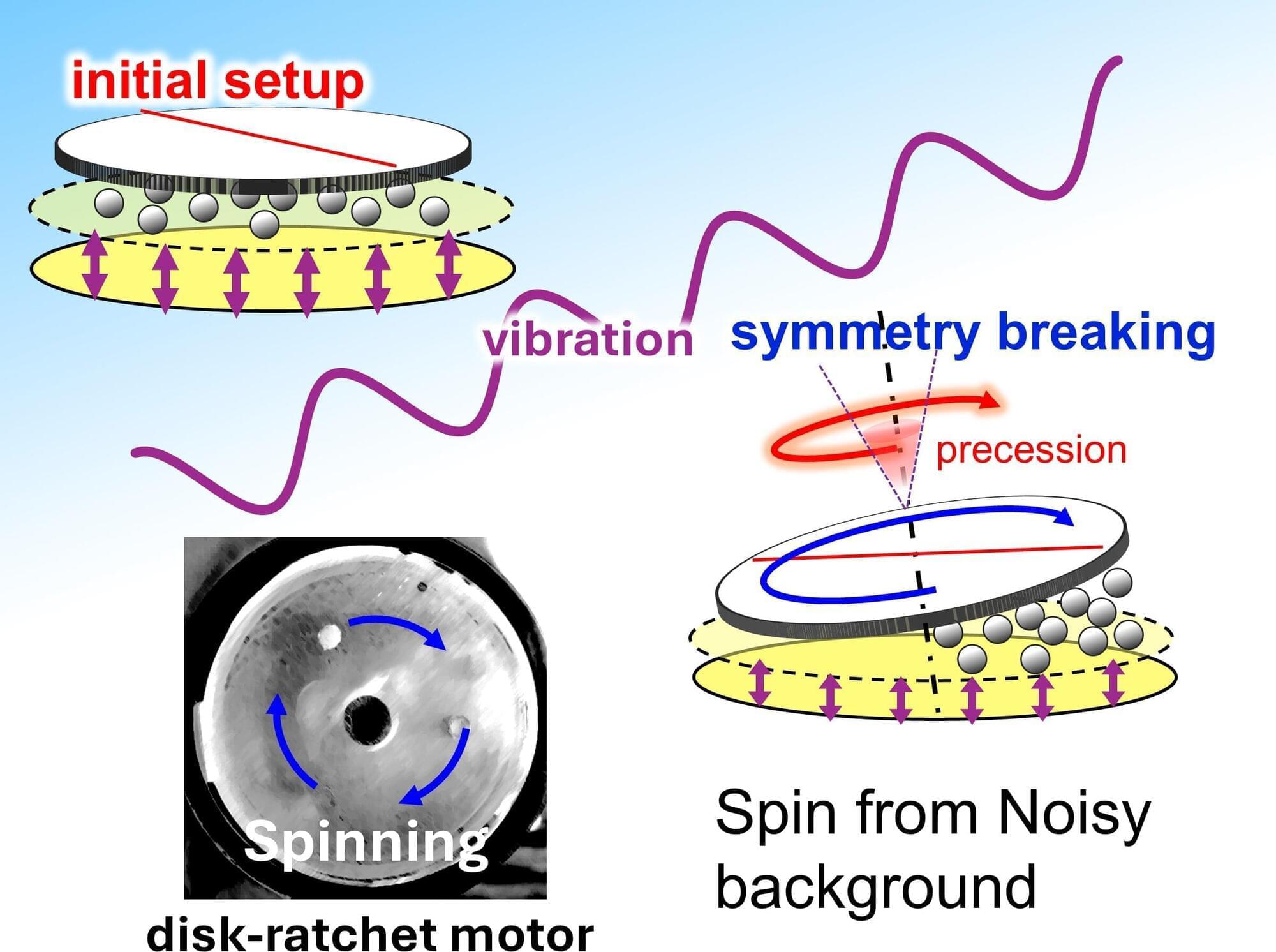
Vibrations are everywhere—from the hum of machinery to the rumble of transport systems. Usually, these random motions are wasted and dissipated without producing any usable work.
Recently, scientists have been fascinated by “ratchet systems,” which are mechanical systems that rectify chaotic vibrations into directional motion. In biology, molecular motors achieve this feat within living cells to drive the essential processes by converting random molecular collisions into purposeful motions. However, at a large scale, these ratchet systems have always relied on built-in asymmetry, such as gears or uneven surfaces.
Moving beyond this reliance on asymmetry, a team of researchers led by Ms. Miku Hatatani, a Ph.D. student at the Graduate School of Science and Engineering, along with Mr. Junpei Oguni, graduate school alumnus at the Graduate School of Science and Engineering, Professor Daigo Yamamoto and Professor Akihisa Shioi from the Department of Chemical Engineering and Materials Science at Doshisha University, demonstrate the world’s first symmetric ratchet motor.
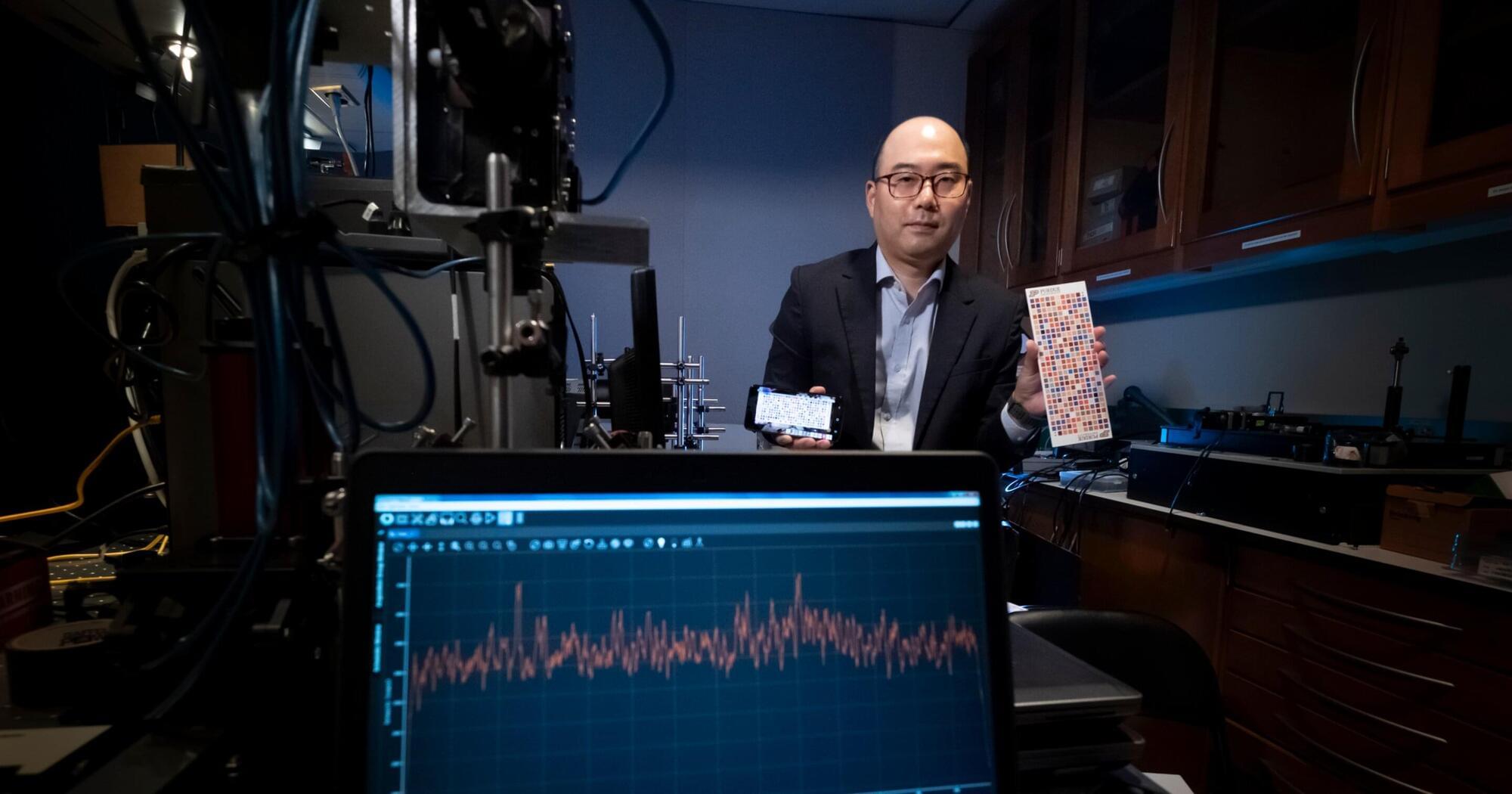
Professionals in agriculture, defense and security, environmental monitoring, food quality analysis, industrial quality control, and medical diagnostics could benefit from a patent-pending innovation that opens new possibilities of conventional photography for optical spectroscopy and hyperspectral imaging.
Young Kim, Purdue University professor, University Faculty Scholar and Showalter Faculty Scholar, and postdoctoral research associate Semin Kwon of the Weldon School of Biomedical Engineering created an algorithm that recovers detailed spectral information from photographs taken by conventional cameras. The research combines computer vision, color science and optical spectroscopy.
“A photograph is more than just an image; it contains abundant hyperspectral information,” Kim said. “We are one of the pioneering research groups to integrate computational spectrometry and spectroscopic analyses for biomedical and other applications.”